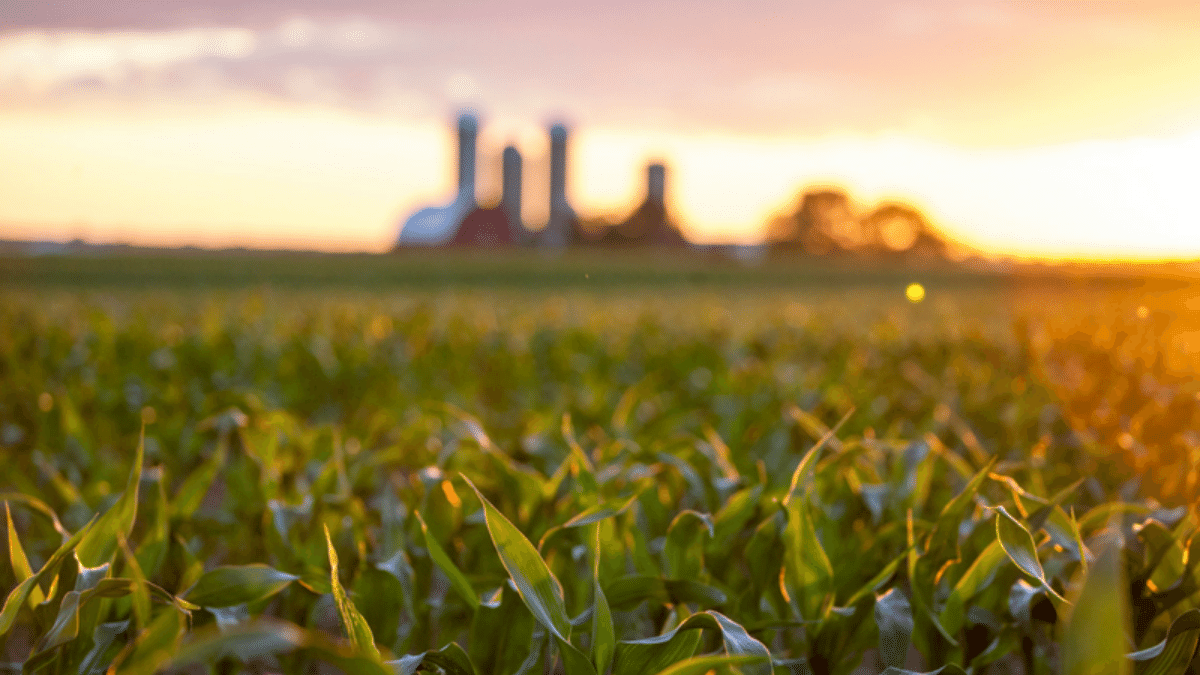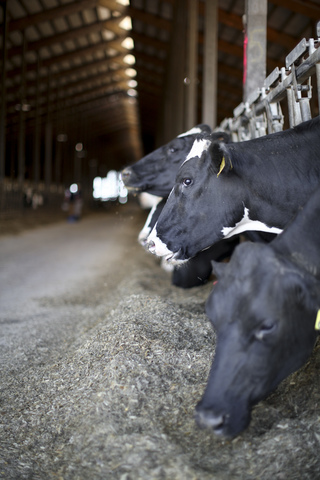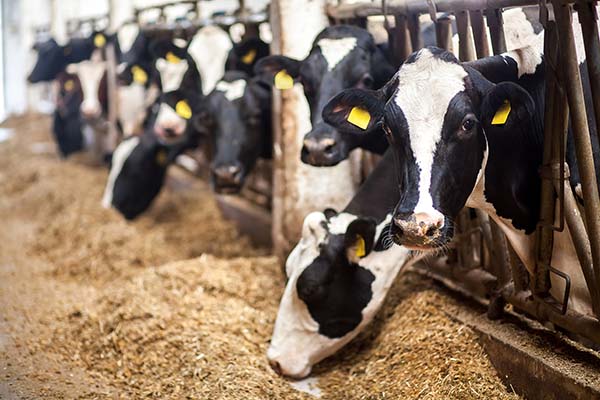Futuristic Fido: Tech that's reinventing the pet world
The first animals to be domesticated by humans were wolves, although the jury is still out on when exactly this occurred. Now a menagerie of animals is considered companion animals or pets, from the fuzzy chinchilla to the majestic horse. The original reasons for domestication were as varied as the species themselves: protection, hunting, travel and companionship.
Today, pets are considered by their owners to be members of the family. They have their own toys, a special place on the sofa or even their own room.
According to the U.S. Bureau of Labor Statistics, Americans individually spent an average of $500 on their pets for a collective total of $66.75 billion, three times more than 20 years earlier. Their growth in spending is being outpaced by China, where pet lovers are estimated to spend 50 percent more by 2019. With a human population 4.5 times larger than the U.S., this may soon become the world’s biggest market. The European pet industry is also fairly substantial and, according to EuroDev, is expected to grow to $36.4 billion USD by the end of 2017, with the biggest markets being France (16.5 percent), Germany (16 percent) and the U.K. (15.3 percent).
As the population increases, the middle class grows and new geographic markets develop, opportunities abound in the pet sector. Additionally, advances in technology that have been disrupting many other industries are certain to have an effect. Traditional pet products and emerging technologies are converging, opening up never-before-seen opportunities.
Following the eight digital technologies framework* I’ve used in previous blogs, what could disrupt the companion animal market?
1. 3D appendages?
These doggie knee implants are created using a 3D printer. Image courtesy of 3D Systems.
3D printing can offer veterinarians novel life-saving techniques for pets. 3D Systems has partnered with Rita Leibinger Medical to create and print titanium orthopedic knee implants for dogs. They have reported nearly 10,000 successful implants using a procedure they call tibial tuberosity advancement (TTA). TTA eliminates the need for a veterinarian to repair the ligament because it stabilizes the joint using a titanium implant, which speeds up both the surgery itself and the animal’s recovery time.
While it may sound expensive, TTA actually costs significantly less than traditionally hand-built prosthetics. There are many incredible tales of second chances — a duck with a new silicone foot, a cat’s knee implant and a pup’s prosthetic legs. Though not designed solely for animal and veterinary use, several companies have now created prosthetics for animals: NovaCopy, Stratasys, MakerBot, 3dyn and BTech.
2. Are robotic dogs man’s new BFF?
Move over, Fido, man’s new best friend is…a robot? Robotic “Rover” has certainly done well in Japan, where Aibo (Sony) engineered a robotic dog in 1999 that was designed to learn about its owners and to react appropriately to their emotions. These robots used both sensors and artificial intelligence to create such a real impression. In fact, so genuine was the appearance that owners in Japan were holding funerals when their pets “died.”
While this original design was for fun and companion purposes, there seems to be an opportunity to create robotic dogs to replace some of the service animals we have today. Japanese company NSK created Lightbot, a guide robot of sorts, but the design leaves much to be desired when compared to a snuggly pup! Alternatively, robotic dogs or cats could be an ideal solution for families with severe allergies that are prohibitive to real animals.
MiRo is a programmable robotic canine created by Consequential Robotics that has sensors for detecting its surroundings, facial recognition technology and is designed to be emotionally engaging. MiRo won the Best Demonstration Award at the 2017 Human-Robot Interaction conference in Vienna, Austria.
CHiP, made by WowWee, is an intelligent, affectionate robot dog. Using smart technology and advanced sensors, your responses will determine CHiP’s behavior. Cozmo is yet another example.
There is also a robotic company that designs robots resembling animal-like frames called Boston Dynamics. Though these robots are intended less for companion purposes and more for practical applications, they are designed to learn and adapt to their environment. Once you watch a video of their robot, Spot, it’s hard not to imagine how it could easily segue into the pet world with just a little “prettying” up.
3. Drones for lost doggies
There are some practical applications for drones in the pet industry. For one, a drone is capable of searching and finding missing pets. They are able to cover a wider area than a human could and, when combined with other technologies such as the GPS wearables discussed below, could zoom in on the lost animal. Drones have already been used to track and count strays in urban areas such as Houston, Texas. The World Animal Awareness Society used drones to film strays to increase awareness and compassion for the issue.
A few months ago, IBM filed a patent for a drone that could act as a pet sitter or trainer, providing your dog or cat with constant monitoring while you’re away at work. It could train your pet or provide entertainment should your dog get restless or lonely. Potentially, the drone could allow the dog in or out, and also dole out food or treats at mealtimes or for training purposes.
Netherlands-based Tinki.nl thinks the 100 million kilos of dog droppings that are neglectfully distributed in his country create quite the nightmare. Teaming up with Space53, the companies use a drone equipped with thermal imaging and recognition software to locate the mess and apply GPS coordinates to its location. Then, a robot receives the coordinates and cleans the area. It's an incredible way to combine technologies to address a real problem.
4. Sensors for Spot
Sensors for pets, particularly in the form of wearables such as GPS-enabled collars, have seen significant growth over the last few years.
WonderWoof BowTie is a dog activity tracker that can set daily recommended activity targets for your pet based on size, breed and age. It records movement and sends owners progress reports (or reminders to get the dog to be more active!) via an app.
The Buddy by Squeaker glow-in-the-dark LED collar takes this a step further, using GPS and Bluetooth technology to track and organize daily activity. Not only does it use geofencing and real-time tracking, but it will also determine your dog’s temperature and set the thermostat in your home to make your pet more comfortable. It is waterproof and connects to your smartphone for real-time health analysis and updates.
PetPace, designed for dogs or cats, monitors health and alerts owners when something is wrong. Other examples of health monitoring devices include the iotatracker, FitBark and Tailio for cats.
What about fish? FishBit monitors your aquarium, including temperature and fish/coral/plant stock, and it reminds you when the water needs to be changed, all through an app on your smartphone.
Wearables offering GPS monitoring include PawTrack, specifically for cats, Whistle for dogs and Tractive for both dogs and cats. Petkit not only offers a wearable that monitors activity and food intake, but also assesses an animal’s mood, and so does DogStart’s TailTalk. PawTracker is also designed for both dogs and cats and uses GPS locating to keep track of your pet.
However, sensors go beyond wearables. Tired of scooping kitty litter? Litter-Robot has a space-age-looking enclosed litter “box” that senses when your cat is done and cleans the box for you. It also alerts you when the box is full so all you have to do is dump the drawer.
Perhaps the most practical opportunity for sensor technology is in automatic feeders. PetNet makes an automatic feeder that gauges the amount of existing food and reorders more if levels run low. CatFi does much the same, and also uses 3D facial recognition to track how much each individual cat is eating.
Designed by animal-loving neurosurgeons, CleverPet is an automatic feeding system that is also designed to engage and challenge your pet to ease boredom. OurPets Wonder Bowl is paired with a collar tag that allows only the animal it is connected with to eat, which is great for people with more than one pet or animals on special diets. Eyenimal offers a wide range of products, from invisible fencing to no-bark collars, cameras and automatic feeding devices. PetSafe offers all manner of pet products, including food dispensers, automatic ball launchers, electronic pet doors, laser toys for cats and more.
There is no shortage of variety of sensor applications. Most of these are wearables in the form of collars, some are feeders or toys. Almost all will connect to your smartphone, where appropriate.
Astro: Garmin’s handheld tracking system
Catspad: Programmable automatic cat feeder
Gibi Pet Tracker: Attaches to any pet collar and connects to your phone
iFetch: Automatic ball thrower
LINK: Wearable uses AI to determine what constitutes intense activity
Tabcat: Lightweight tracking collar, specifically for cats
MarcoPolo: Long range, waterproof, lightweight tracking collar for dogs and cats
Nuzzle: GPS location collar and activity tracker
PetPace: Collar collects pet’s vitals including temperature, activity, pulse, calories consumed (and burned), etc.
Poof: Daily activity tracker (includes sleep!)
Voyce Sensor tracks activity, heart and respiratory rates, quality of rest, etc.
5. Using artificial intelligence (AI) to talk to your pet
No need for your pet to be bored while you’re away — AI can be used to entertain, challenge and even reward him. Image courtesy of Petcube.
The next step in AI might be talking to and understanding your pet! Not long ago, Amazon said it would be selling pet translators within the next 10 years. Already, there is an app available in the U.K. that is a “human-to-cat translator,” but it does not necessarily claim to use AI and reviews are mixed as to its effectiveness.
As already mentioned, robotic dogs can use AI, and sensors provide a means of collecting information for AI to make real-time decisions. PetBot uses AI to recognize your dog, give it treats when you choose (through an app) and take pictures that are sent to your smartphone. Felik is an intelligent pet companion that uses AI to create the same movements a human does when using a laser pointer to play with a cat or dog, keeping your pet entertained while you’re away. Petchatz also allows owners to chat with their dog and release treats to reward their attentiveness.
6. Create your own pet through augmented reality
Augmented reality, sometimes referred to as “mixed reality,” offers its own version of what the future of household pets might be. Rather than robots, what about holograms? This is just one of the many applications of Microsoft’s HoloLens using Actiongram. These holographic pets are able to interact with their owners and fetch balls, perform tricks for treats and even display personalities and emotions like shyness and happiness. These digital companions will build intelligence and learn to interact with people.
British company INDE has created all types of AR systems for many top organizations, including an interactive dinosaur display for National Geographic. Who’s to say what other AR companies may move into the pet industry?
7. Virtual reality allows for much cleaner “pet” homes
This imploring face may be created in a virtual world, but it still demands love and attention. Image courtesy of Foopets.
VR technology is proving to be an effective training tool, including within veterinary education. Future animal surgeons can learn extensively from this technology in the classroom, but there are other, less serious functions for the technology as well.
Google Cardboard has made it easy for anyone to use VR apps such as Virtual Reality Pet. HTC Vive, the creator of Konrad the Kitten, has really upped its game recently with a new design using Oculus Rift’s handheld touch controller, which allows users to not only see a virtual pet, but to physically touch, pet, hold or cuddle one. FooPets offers both puppies and kittens as adoptable virtual pets that require food, love and attention.
Reading about VR in the pet industry almost begs the question: Will pets experience VR as well? Pawculus Rift was a pretty good April fools’ joke by Cramer, but who’s to say that one day there couldn’t be a use for it? Could VR for your pet keep them entertained while you’re at work? Could it be used to train them? As quickly as technology is moving, new opportunities arise every day, and it may not seem so strange to imagine.
8. Blockchain could verify your pet’s pedigree
Undoubtedly, blockchain technology has the capability to revolutionize transparency in pet pedigrees. Privacy is always a concern within a series of transactions, such as the sale of a pet through multiple owners, but blockchain is designed in such a way that the digital records are not centrally located, nor controlled by one entity. No one can manipulate the data, and it is fully secure. This leaves it virtually impregnable to hackers or information seekers with malintent.
The biggest benefit of blockchain is the ability to share all types of information. From an animal’s breeding history to its yearly veterinary care, health records, dog show awards, training certifications, etc., Blockchain can actually store information from any device, even robots, sensors and microchips.
Internet of things (IoT) becomes the internet of pets
Any of these eight digital technologies can become part of the IoT. It is IoT technology that interconnects them, even in ways we may not yet comprehend. For example, IoT connects the camera in your living room with the smartphone on your desk, allowing you to monitor your pet while you’re at work. It’s also IoT that connects your phone back to the treat feeder, allowing you to reward your pet for behaving while you’re at work! IoT enables the collection and interconnectivity of data. This is extremely important when considering the health and well-being of your pet.
Big data and the microbiome
In recent years, discussion has evolved about the role of the microbiome, or the bacteria in your stomach, and the effects a healthy gut can have on humans. The same is true for animals. Studying an animal’s microbiome and the effect nutrients has on it is not easy. Thankfully, there is another new type of technology called nutrigenomics (the study of how nutrients affect an organism’s genes). It uses a gene chip that allows researchers to test different nutrients, such as vitamins, minerals, yeast fractions, probiotics, prebiotics and even essential oils, to see how adding them to an animal’s diet can improve their digestive efficiency.
Why is this important? By improving the microbiome, or gut, of your pet, you can improve their overall health. It will reduce their chances of getting sick and improve their energy levels. There are very few nutrigenomics centers in the world, and most are dedicated to human research. Alltech has built the only one dedicated to animals and has collected a tremendous amount of data, challenging traditional analytical systems, but big data algorithms have been developed that allow for this information to be analyzed and understood as never before.
The eight technologies, the IoT and the advent of big data described here are digital disruptions affecting nearly every aspect of modern life, including even our four-legged companions. While some of the concepts may seem hard to fathom, given the speed of innovation, concepts that don’t exist today may quickly emerge and become a reality. Advances in the pet industry are already apparent, and new technologies arrive on the market on a daily basis, growing the market ecosystem map. From a commercial standpoint, it’s clear: The pet industry is growing by leaps and bounds, and there are exciting (and profitable!) times ahead for those who cater to people’s love for their companion animal family members.
*The framework for these eight technologies was first proposed in a PwC article.

Alltech CIO Aidan Connolly explores eight digital technologies that are impacting the human and pet relationship.
</p>
Alltech CIO Aidan Connolly explores eight digital technologies that are impacting the human and pet relationship.

























